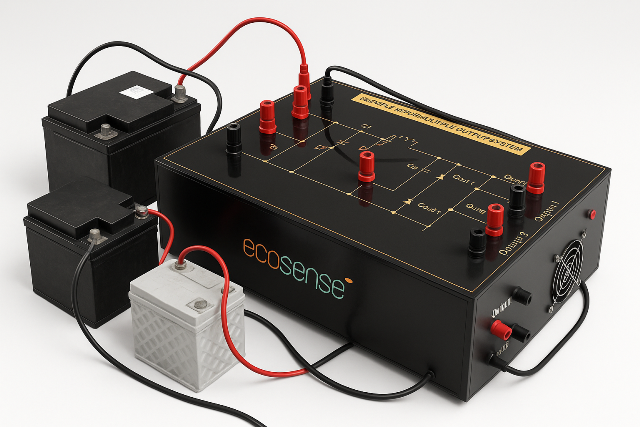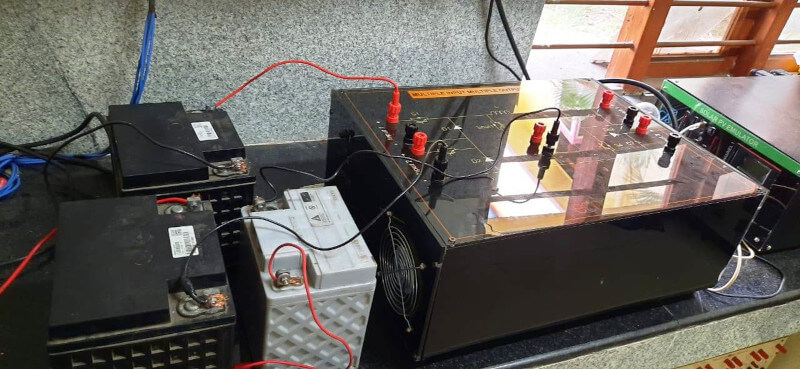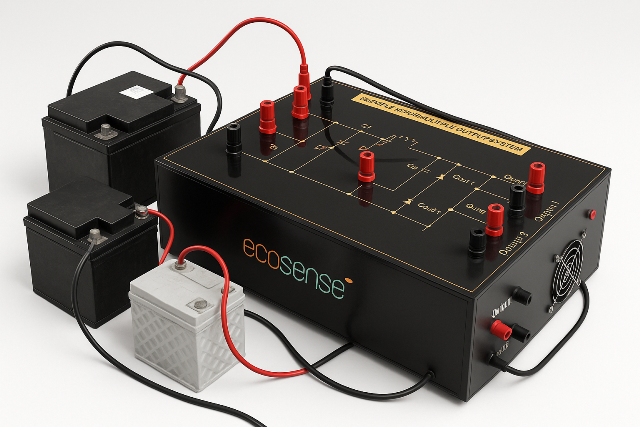Multiple Input Multiple Output (MIMO) Converter
The MIMO DC-DC Converter is a robust and intelligent energy management system capable of handling multiple energy sources and storage systems simultaneously. Developed for use in research-oriented microgrid and hybrid system labs, the converter features multiple isolated input/output ports, each programmable for source or sink operation. This platform allows researchers and students to study MPPT, power balancing, energy routing, and converter control strategies between combinations of solar PV, batteries, fuel cells, and supercapacitors.




